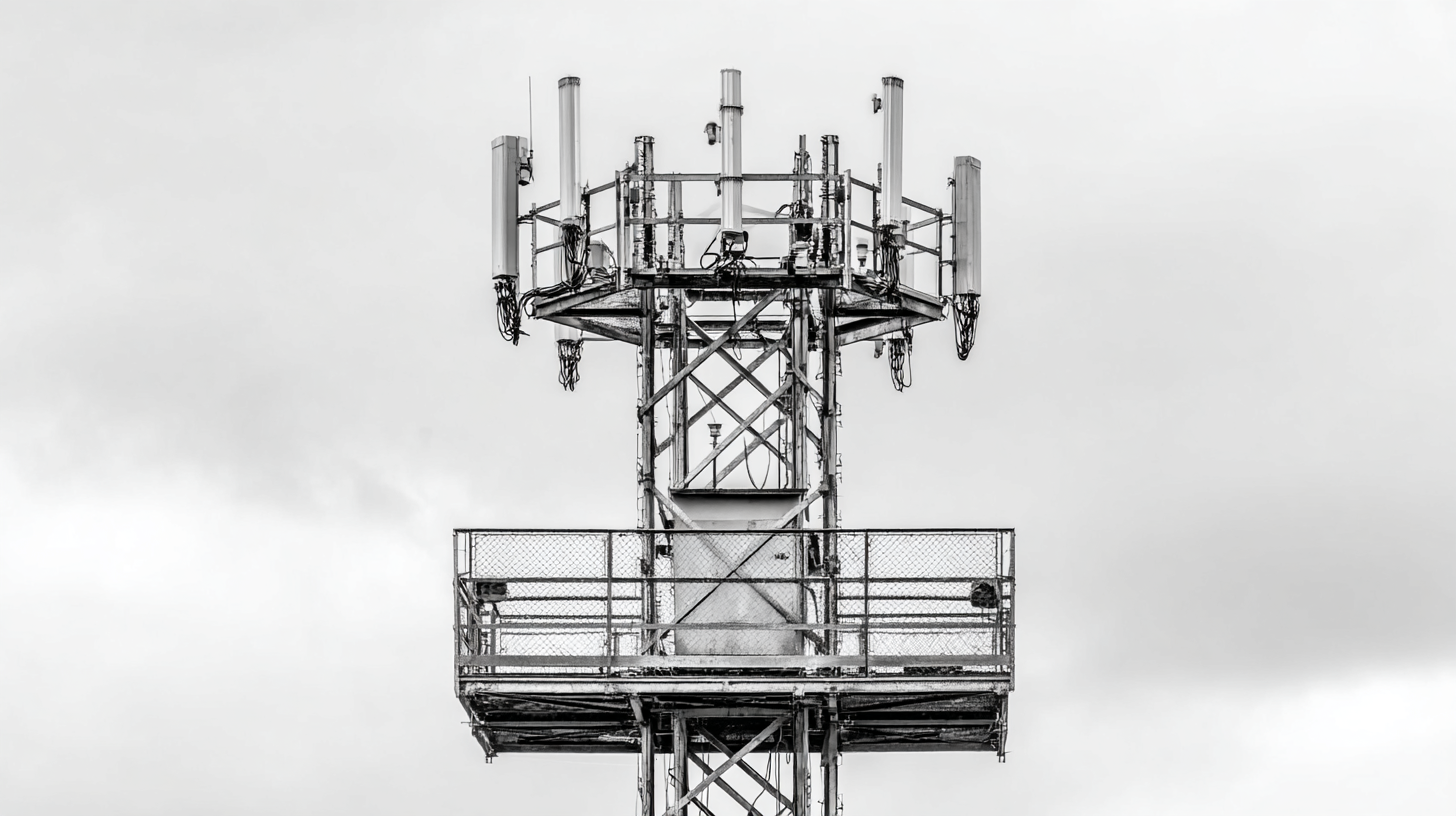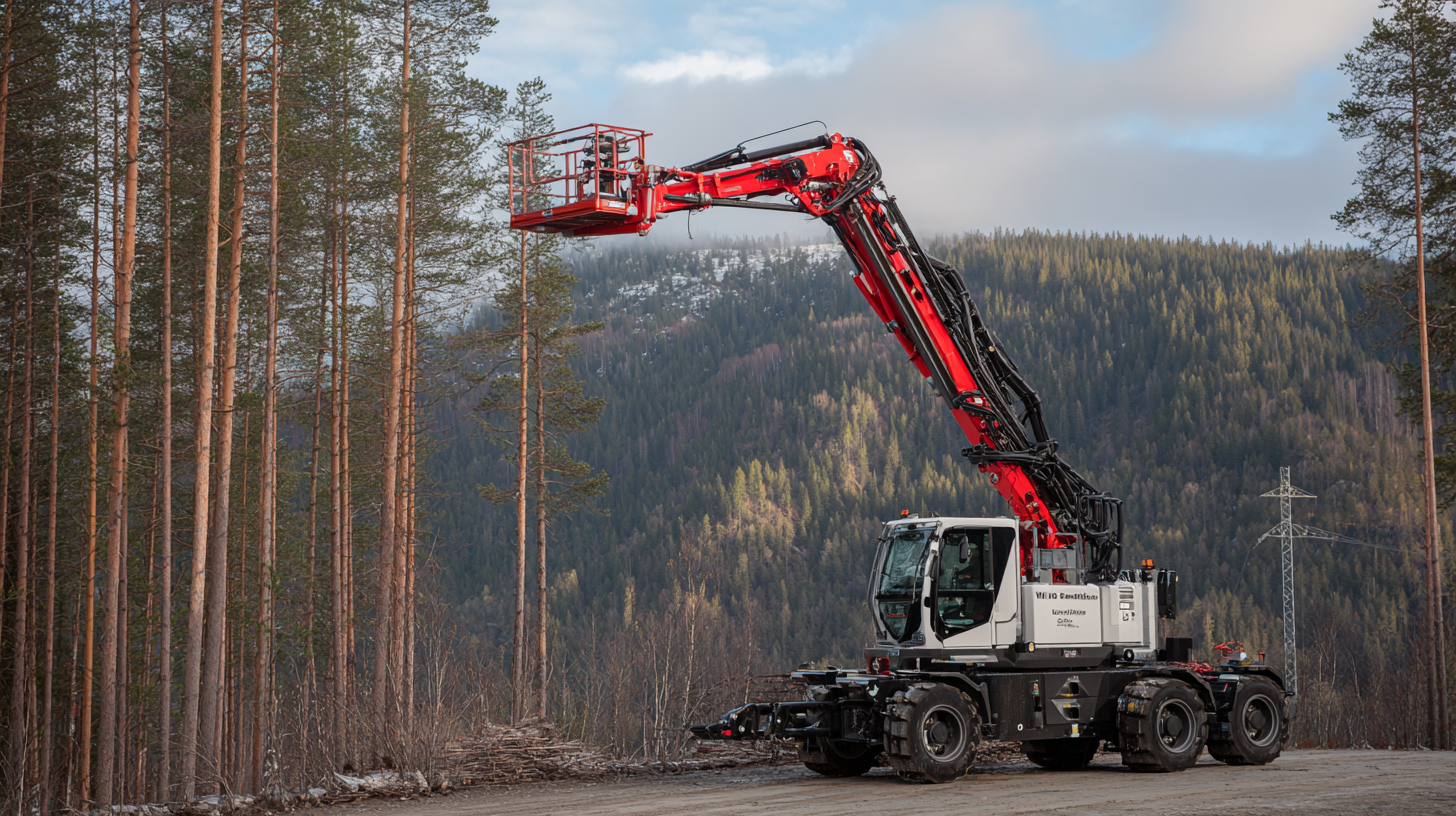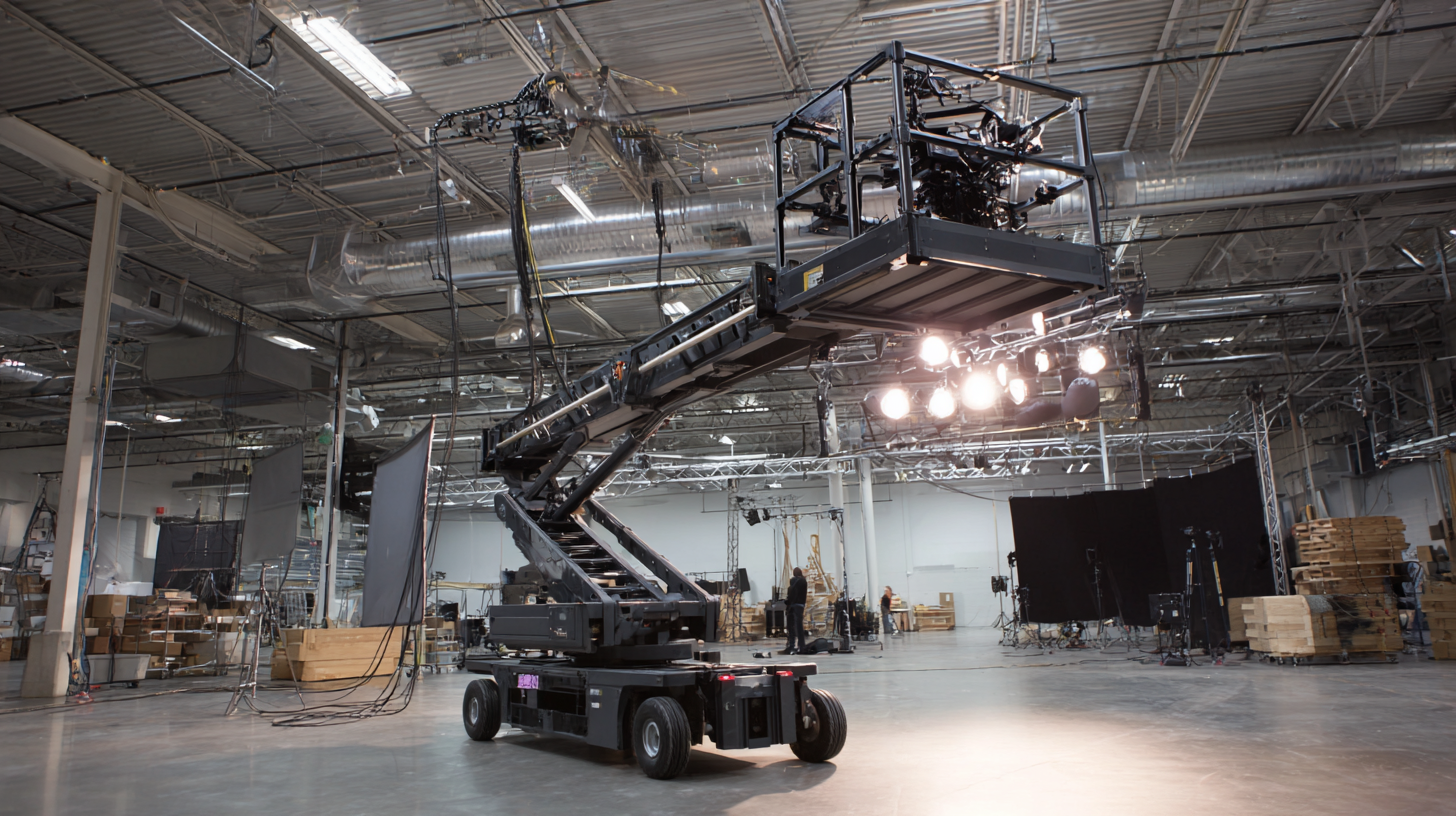How to Choose the Best Mobile Aerial Platform for Your Business Needs
When it comes to selecting the right equipment for aerial work, the choice of a Mobile Aerial Platform can significantly impact your business operations. These versatile machines are essential for various tasks, ranging from construction and maintenance to event setups and tree trimming. However, with numerous options available in the market, determining which Mobile Aerial Platform best fits your specific needs can be a daunting task. Factors such as size, weight capacity, reach, and operational efficiency must be considered, along with the reputation of the manufacturer. In this blog, we will explore the critical aspects of selecting a high-quality Mobile Aerial Platform, highlighting how to identify reputable manufacturers and making informed decisions that align with your business objectives.

Understanding Mobile Aerial Platforms: Key Features to Consider for 2025
When considering a mobile aerial platform for your business needs in 2025, understanding the key features is essential. First and foremost, safety should be your top priority. Look for platforms equipped with advanced safety features such as stabilizers, overload sensors, and emergency braking systems. These enhancements not only ensure operator safety but also protect valuable equipment during operation.

Another critical aspect to consider is the platform's reach and flexibility. Evaluate the working height and horizontal reach to determine if the aerial platform can access various job sites effectively. Additionally, consider models with adjustable height and outreach capabilities to accommodate different tasks. This versatility can significantly improve operational efficiency and reduce time spent on job transitions.
Finally, keep technology integration in mind. Platforms equipped with smart controls, real-time monitoring, and telematics can streamline operations and provide valuable data insights. These features allow for better planning and maintenance, ensuring that your mobile aerial platform remains functional and efficient throughout its lifespan. Investing in technology-forward equipment will place your business ahead in the competitive landscape of 2025.
Assessing Your Business Needs: Customizing Aerial Solutions for Optimal Efficiency
When evaluating the best mobile aerial platform for your business, it is crucial to assess your specific operational needs. Different industries require tailored solutions; for instance, a survey company might prioritize precision and reach, while a construction firm may need stability and load capacity. According to a recent report by Research and Markets, the global aerial lift market is expected to grow significantly, driven by the demand for safer and more efficient work environments. Understanding your primary tasks and the environment in which your aerial platform will operate will help you customize your choice to enhance efficiency and productivity.
**Tip:** Conduct a thorough analysis of your operational requirements before making a decision. Consider factors like height, weight limits, and terrain conditions, as these will influence which type of mobile aerial platform is most suitable for your operations.
Creating a checklist of features essential for your operations can simplify your decision-making process. Whether it’s battery life for prolonged activities or enhanced maneuverability for tight spaces, prioritizing these aspects ensures that you choose a platform that aligns perfectly with your goals. According to industry experts, platforms that integrate advanced technology can increase job site efficiency by up to 25%, underscoring the importance of effective customization in aerial solutions.
**Tip:** Engage with providers to explore the latest technological innovations available in aerial platforms, which can greatly enhance operational value and safety on site.
How to Choose the Best Mobile Aerial Platform for Your Business Needs
| Business Type | Required Platform Height (ft) | Weight Capacity (lbs) | Power Source | Environment |
|---|---|---|---|---|
| Construction | 50 | 1000 | Diesel | Outdoor |
| Maintenance | 30 | 600 | Electric | Indoor |
| Warehousing | 40 | 800 | Battery | Indoor/Outdoor |
| Event Setup | 25 | 400 | Gas | Outdoor |
| Telecommunication | 60 | 1200 | Hybrid | Outdoor |
Technological Innovations Shaping Mobile Aerial Platforms in 2025
The mobile aerial platform industry is witnessing transformative technological innovations that are set to redefine operational capabilities by 2025. The integration of artificial intelligence (AI) is one of the most significant advancements, enabling platforms to process vast amounts of data in real-time. This allows for enhanced navigation, obstacle detection, and autonomous flight operations, making them more reliable and efficient for various applications, from delivery services to infrastructure inspections.
Furthermore, advancements in battery technology are paving the way for longer flight times and quicker charging capabilities. By 2025, manufacturers are expected to leverage solid-state batteries, which provide greater energy density and improved safety features. Coupled with lightweight materials and aerodynamic designs, these innovations will enhance the platforms' performance, extend their operational range, and reduce costs, ultimately making them more accessible for businesses seeking to optimize their operations.
Evaluating Safety Standards and Compliance for Aerial Equipment in Your Industry
When selecting a mobile aerial platform, one of the paramount considerations is ensuring compliance with industry safety standards. According to the Occupational Safety and Health Administration (OSHA), nearly 25% of fall-related fatalities involve workers using aerial lifts. This statistic underscores the necessity of choosing equipment that adheres to ANSI (American National Standards Institute) and ISO (International Organization for Standardization) guidelines. By meeting these standards, businesses can significantly reduce workplace accidents and enhance operational safety.

In addition to compliance, evaluating the safety features of aerial platforms is crucial. Reports from the American National Standards Institute indicate that platforms equipped with enhanced stability systems and automatic descent functions can lower the risk of accidents by up to 30%. Furthermore, integrating safety training programs, as recommended by the National Safety Council, can lead to a safer working environment. By prioritizing safety standards and features, companies can not only protect their workers but also ensure that they are making a sound investment in their business operations.
Cost-Benefit Analysis: Ensuring ROI with the Right Aerial Technology Investment
When investing in a mobile aerial platform, it's crucial to conduct a thorough cost-benefit analysis to ensure a positive return on investment (ROI). According to a report by ResearchAndMarkets, the global aerial lift market is projected to reach $10.9 billion by 2025, reflecting a compound annual growth rate (CAGR) of 5.2%. This growth underscores the increasing reliance on aerial technology across various industries, from construction to telecommunications. Investing in the right aerial platform can not only enhance operational efficiency but also significantly reduce labor costs—studies suggest that businesses can save up to 30% in labor when using advanced aerial technologies.
Furthermore, evaluating the direct and indirect benefits of aerial platforms is essential. For instance, the ability to access hard-to-reach areas safely can minimize downtime and increase productivity. A report from the American Rental Association indicates that companies utilizing aerial work platforms have reported a 20% increase in job site efficiency. Additionally, the long-term savings from decreased equipment maintenance and the ability to complete projects faster highlight the value of a well-considered investment in aerial technology. By aligning the platform choice with specific business needs, companies can ensure they maximize their ROI while enhancing safety and productivity.
